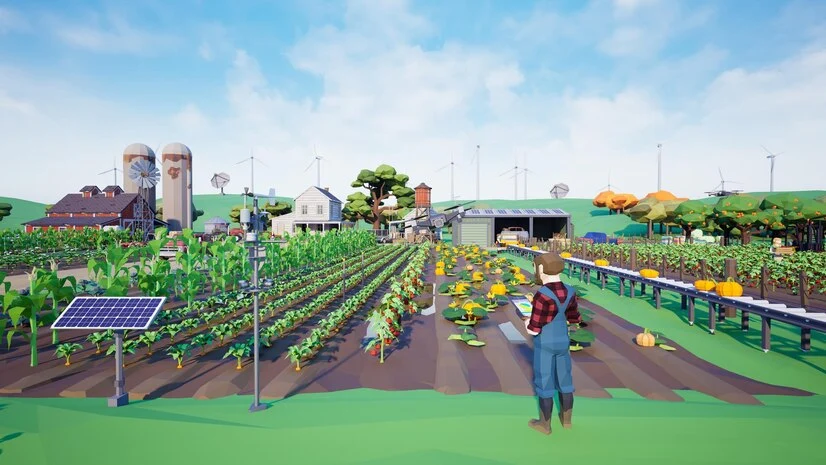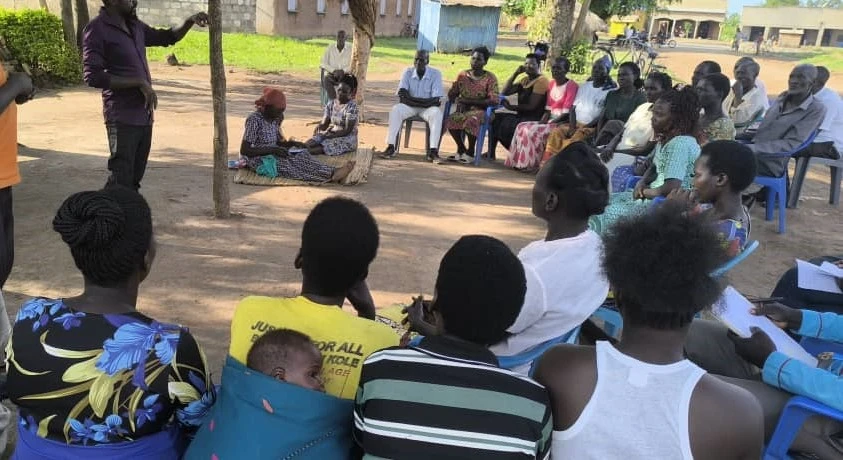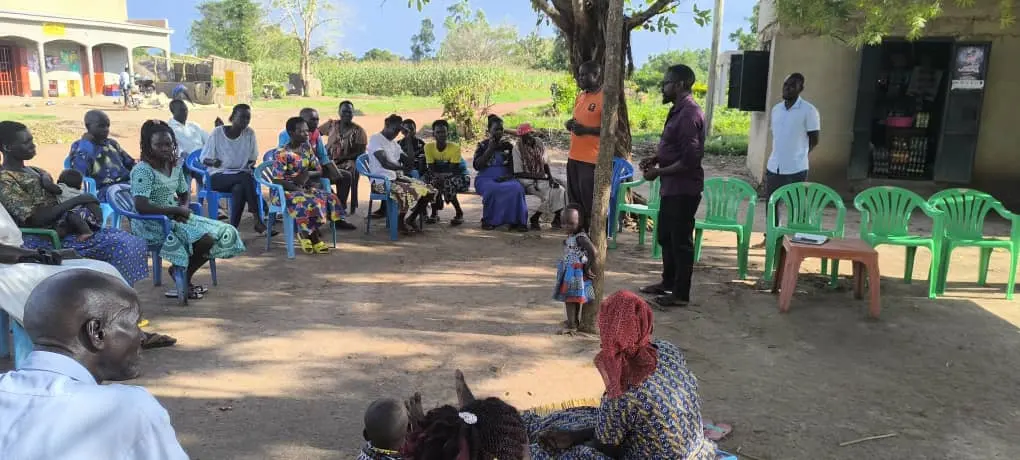Rural infrastructure development is a cornerstone for sustainable growth and improved livelihoods in rural communities. Agrosahas International PVT LTD is at the forefront of driving impactful infrastructure projects that support agricultural productivity and enhance the quality of life in rural areas. This blog delves into the importance of infrastructure development, Agrosahas’ contributions, and the future goals that are shaping rural communities.
What is the Role of Infrastructure Development?
Infrastructure development involves the construction and enhancement of essential facilities and systems necessary for the functioning of a community or society. These include transportation networks, water supply systems, power grids, telecommunication networks, and public institutions like schools and hospitals. The role of infrastructure development is multifaceted:
- Economic Growth: Infrastructure stimulates economic activities by improving connectivity, reducing costs, and increasing efficiency.
- Quality of Life: Reliable infrastructure enhances living conditions, health outcomes, and educational opportunities.
- Sustainable Development: Infrastructure supports sustainable resource use and environmental conservation.
- Social Inclusion: It ensures equitable access to services and opportunities, bridging the gap between urban and rural areas.
What is the Role of Infrastructure in Rural Development in Uganda?
In Uganda, rural development is vital as a significant portion of the population resides in rural areas and relies on agriculture for their livelihoods. Infrastructure development in these regions is crucial for several reasons:
- Agricultural Productivity: Improved roads and transportation networks facilitate the movement of goods and services, reducing post-harvest losses and increasing market access for farmers.
- Water Management: Efficient irrigation systems and water supply infrastructure enhance agricultural productivity and ensure water availability for domestic use.
- Energy Access: Reliable power supply supports agricultural processing activities, storage facilities, and households, fostering economic activities.
- Healthcare and Education: Access to healthcare and educational facilities improves the overall well-being and human capital of rural populations.
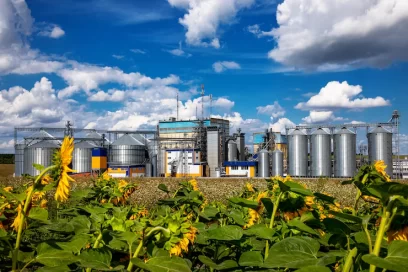
What is the Role of Infrastructure and Development in the Community?
Infrastructure development is integral to the community’s growth and prosperity. It provides the foundation for essential services and facilitates the efficient functioning of economic and social activities:
- Community Cohesion: Infrastructure projects often involve community participation, fostering a sense of ownership and collective responsibility.
- Economic Opportunities: Improved connectivity and access to resources create new job opportunities and promote local businesses.
- Resilience: Robust infrastructure enhances the community’s resilience to natural disasters and economic shocks.
- Sustainable Practices: Development projects can integrate sustainable practices, promoting environmental conservation and resource efficiency.
What is the Purpose of Building Infrastructure?
The primary purpose of building infrastructure is to create an enabling environment that supports economic activities, enhances quality of life, and promotes sustainable development. Key objectives include:
- Connectivity: Establishing efficient transportation and communication networks to connect communities and markets.
- Access to Services: Providing reliable access to essential services such as water, electricity, healthcare, and education.
- Economic Growth: Facilitating industrial activities, trade, and commerce through improved logistics and resource availability.
- Environmental Sustainability: Implementing infrastructure projects that prioritize environmental conservation and resource efficiency.
Agrosahas’ Contributions to Rural Infrastructure Development
Agrosahas International PVT LTD is committed to driving rural infrastructure development to support sustainable agricultural practices and enhance the livelihoods of rural communities. Our initiatives focus on several key areas:
- Transportation Networks: We collaborate with local governments and communities to improve rural roads, facilitating easier access to markets and reducing transportation costs for farmers.
- Irrigation Systems: By implementing efficient irrigation systems, we ensure water availability for agriculture, enhancing crop yields and sustainability.
- Energy Solutions: We promote renewable energy solutions such as solar power to provide reliable electricity to rural areas, supporting agricultural processing and household needs.
- Storage and Processing Facilities: Establishing modern storage and processing facilities reduces post-harvest losses and adds value to agricultural products, increasing farmers’ income.
- Capacity Building: Through training and capacity-building programs, we empower local communities to manage and maintain infrastructure projects, ensuring long-term sustainability.
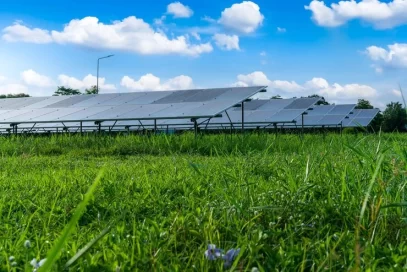
Future Goals and Vision
As we look to the future, Agrosahas remains dedicated to advancing rural infrastructure development. Our goals include:
- Expanding Renewable Energy Projects: Increasing the use of renewable energy solutions to power agricultural and household needs in rural areas.
- Developing Smart Irrigation Systems: Implementing advanced irrigation technologies to optimize water use and increase agricultural productivity.
- Enhancing Market Access: Continuously improving transportation networks and market linkages to ensure farmers can reach broader markets.
- Promoting Sustainable Practices: Integrating sustainable practices into all infrastructure projects to ensure environmental conservation and long-term viability.
Conclusion
Infrastructure development is a cornerstone of rural development, providing the foundation for economic growth, improved quality of life, and sustainable practices. Agrosahas International PVT LTD is committed to driving infrastructure projects that support agricultural productivity and enhance the livelihoods of rural communities. By focusing on transportation, irrigation, energy, and capacity building, we are building for the future and ensuring that rural areas can thrive sustainably.

